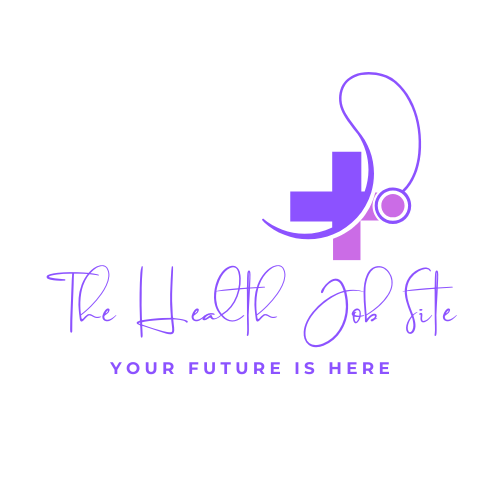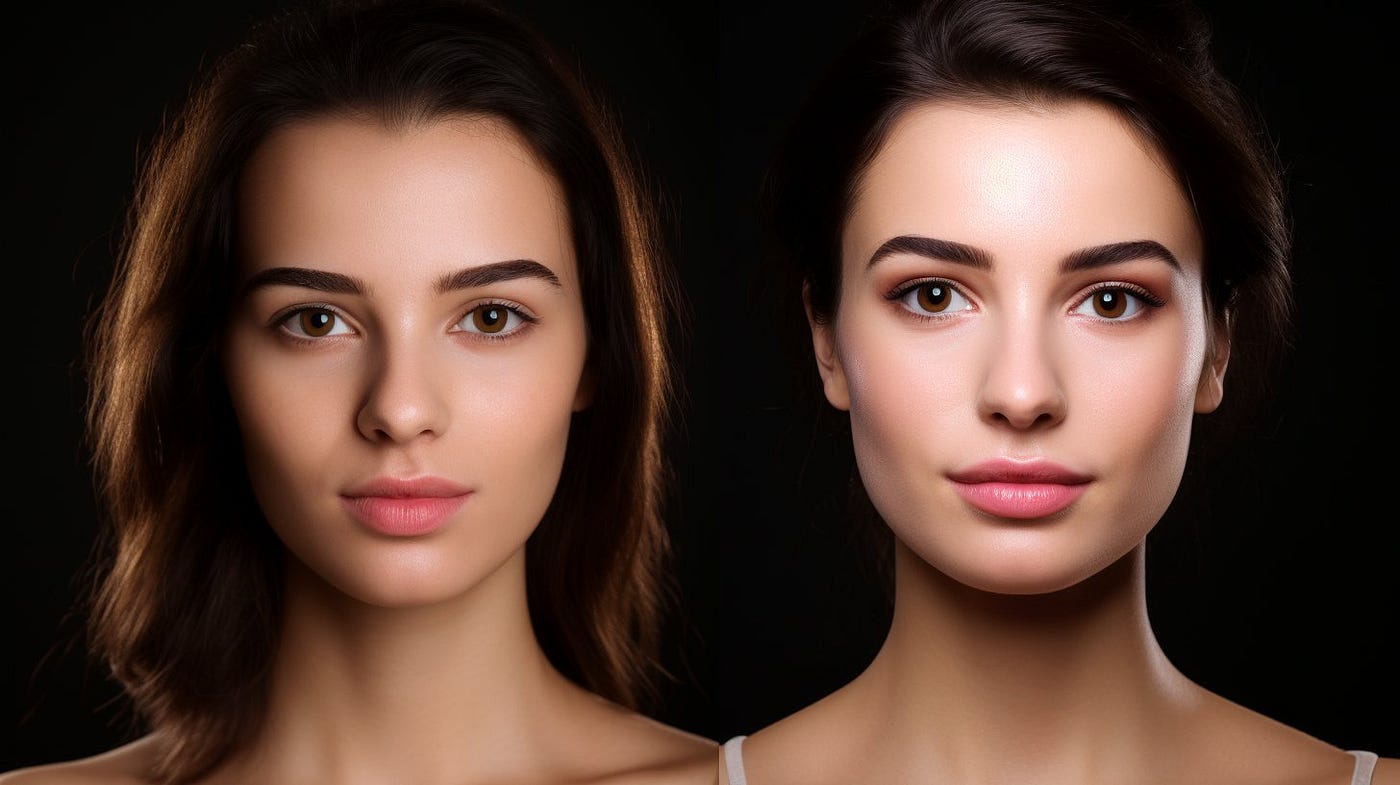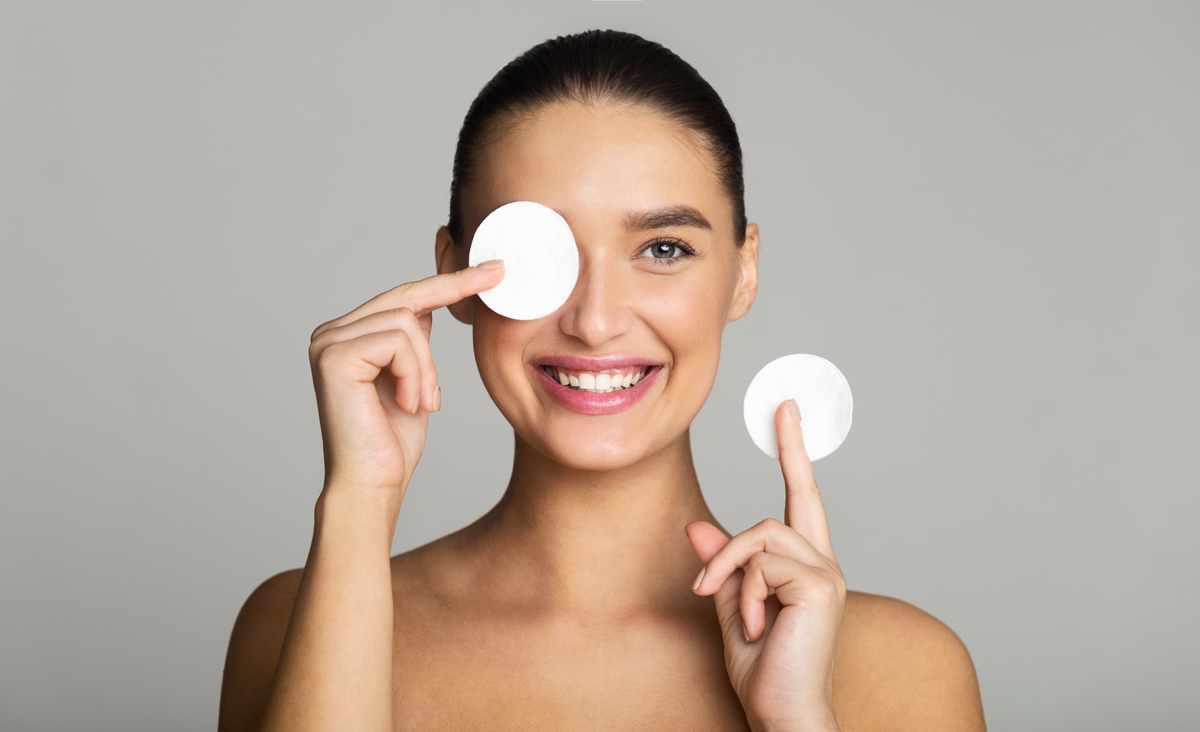What are the signs of an aging face?
Each individual’s face ages in an unexpected way, yet there are indications that facial skin is losing a portion of its solidness and flexibility. “A youthful face has specific qualities,” makes sense of Boahene, “counting a defined neck and jawline, firm skin, high brows, short eyelids and an egg-like shape.”
Aging generally starts in the eyelids and around the eyes. The skin around the eyes is the most slender in the face. As you age, you might see dark circles and under-eye hollows, bringing about eyes that look indented. Certain individuals likewise develop puffiness underneath the eyes, drooping or overabundance eyelid skin or fine wrinkles at the sides of the eyes (crow’s feet).
The fat in the face likewise starts to move descending, particularly in the cheeks, says Boahene. The skin could look saggy around the nose, cheeks and jawline. Many individuals develop wrinkles, lines and creases, including profound grimace lines above or around their lips. Then, fat around the jaw and neck drop down and individuals get “cheeks.”
Other common signs of an aging face include:
- Changes in the contour of the face (lower part becomes wider, face becomes squarer)
- Dull skin texture
- Larger pores
- Less definition
- Pigment changes (skin discoloration)
How does the skin age?
The skin has three layers: the epidermis, dermis and hypodermis. Most age-related skin changes include the dermis, which is the center layer of skin. The dermis contains a ton of the substances that keep skin firm and smooth, like collagen, elastin and hyaluronic corrosive. Around age 35, we start to lose these substances and the skin becomes careless.
There’s likewise a layer of fat under the skin called subcutaneous fat, which gives your face volume and definition. As the skin loses collagen, elastin and different substances that keep it firm, the fat cushions around the eyelids, cheeks, sanctuaries and jaw shift descending. Thus, the face loses its contours and it wrinkles, and lines and loose skin start to develop.
Are there ways to improve the appearance of an aging face?
You can improve the vibe of an aging face in different ways, both nonsurgically and carefully. The absolute most common objectives for facial rejuvenation include:
-
Restore volume and face contour
-
Reduce the appearance of under-eye wrinkles and hollows
-
Correct forehead wrinkles and sagging brows
-
Tighten sagging skin around the neck and jaw
-
Correct pigmentary changes
Restore Volume and Face Contour
Dermal fillers are one of the most common nonsurgical medicines to assist with making smoother, firmer skin on the face and reduce the vibe of wrinkles. Fillers normally contain collagen or hyaluronic corrosive, two of the substances that are fundamental for youthful skin. The two fillers offer transitory outcomes, however they are speedy in-office procedures. “Injectables and fillers are a decent initial step for somebody who needs to address the early signs of skin aging, like fine lines or somewhat sagging skin,” makes sense of Boahene.
Facial fat joining, or a fat exchange, is a more long-lasting answer for drooping skin and lost facial volume. A specialist takes fat from somewhere else in your body (typically the stomach or thighs) and infuses it to choose regions on your face.
There are two types of fat transfers:
-
Microfat joining utilizes fat to full region of the face like the cheeks, forehead and lips.
-
Nanofat joining includes handling microfat further to use for more designated skin concerns, for example,
-
Improving skin texture
-
Minimizing dark circles
-
Reducing fine lines
-
Reducing the appearance of acne scars
Reduce the Appearance of Under-Eye Wrinkles and Hollows
Nanofat infusions can assist with improving the appearance of fine wrinkles around the eye, under-eye hollows and indented eyes. However, for sagging skin or puffiness around the eyes, you might require eyelid surgery.
Likewise called an eyelid lift (blepharoplasty) or eyelid rejuvenation, this surgery reclassifies the state of an eye. The procedure can resolve issues on the upper eyelids, lower eyelids or both:
- Upper eyelid surgery fixes loose, sagging skin over the eyes. This can for the most part be performed under neighborhood sedation.
- Lower eyelid surgery improves drooping lower eyelids, reduces puffiness and sacks under the eyes, and tightens abundance skin and smooths wrinkles.
Correct Forehead Wrinkles and Drooping Brows
Some injectables can smooth lines in the forehead and limit wrinkles between the eyebrows. “These medicines may be ideal for individuals with dynamic wrinkles — fine wrinkles brought about by facial articulations,” Boahene says. “In any case, when the wrinkles become static, or carved profoundly into your skin, you might have to think about dermal fillers or microfat uniting to fill them in.”
Injectables and fillers can’t correct a saggy forehead. An eyebrow lift is a more powerful and long-lasting answer for correct sagging brows. Likewise called a forehead lift, a temple lift eliminates overabundance fat and tightens skin and muscle tissue in the temple and forehead.
Tighten Sagging Skin Around the Neck and Jaw
The best treatment to tighten the skin around the jaw and neck, reducing the appearance of cheeks, is neck lift surgery. A neck lift makes a smoother, firmer jawline. It restores facial definition without overtightening the face or giving it a pulled appearance. A neck lift:
-
Eliminates overabundance fat in the lower face and under the jaw
-
Tightens loose neck skin
-
Limits profound grin lines
Correct Pigmentary Changes
Skin discoloration might be corrected with viable skin care items, substance strips or laser treatment.
How would I maintain a youthful face after a cosmetic procedure?
After a cosmetic procedure, it’s essential to:
-
Avoid the sun: Safeguard your face from sun openness by wearing sunscreen with SPF 30 or higher, shades and wide-overflowed caps when you are outside.
-
Lay out a skin care schedule: Use face items with cell reinforcements, like L-ascorbic acid. Cell reinforcements assist with eliminating free extremists that damage the skin. Apply items as educated to ensure they are maximally ingested.
-
Get final details as suggested by your primary care physician: Certain individuals need final details after facial rejuvenation procedures. Examine with your primary care physician how long the impacts of your facial rejuvenation procedure might endure and when to consider a final detail.
Relevant Content Search:
best moisturiser for aging skin nz |
what does foundation do |
|
foundation definition makeup |
foundation in cosmetics |
|
what is foundation makeup |
when was foundation invented |
|
best foundation for aging skin |
anti aging skin care |
|
best moisturizer for aging skin |
best night cream for aging skin |
|
best makeup for aging skin |
best anti aging skin care |
|
best face moisturizer for aging skin |
best body lotion for aging skin |
|
best skincare for aging skin |
best facial moisturizer for aging skin |
|
best skin care for aging skin |
aging skin |
|
best moisturizer for aging skin over 60 |
best body moisturizer for aging skin |
|
anti aging skin care routine |
best serum for aging skin |
|
best moisturizer for dry aging skin |
best primer for aging skin |
|
best face cream for aging skin |
best moisturizer for aging skin over 50 |



